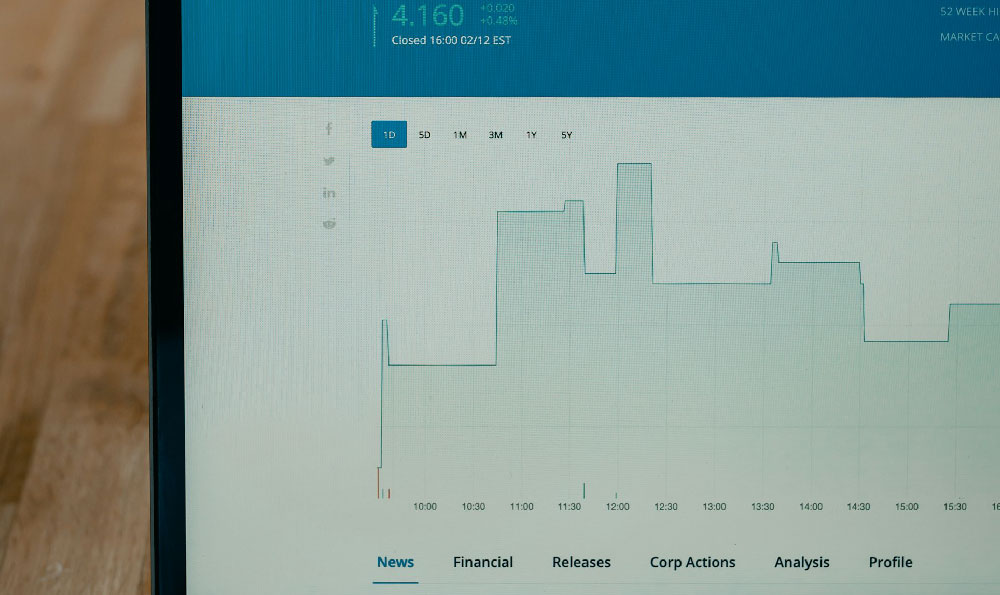
Apple Pay, the tech giant's foray into the mobile payments arena, has become a ubiquitous feature for millions of users worldwide. Understanding its revenue generation model and profitability is crucial for assessing its long-term viability and impact on Apple's overall financial performance. While Apple doesn't explicitly break out Apple Pay's financials, we can piece together a comprehensive picture by examining its various revenue streams and associated costs.
The primary way Apple Pay generates revenue is through transaction fees, albeit indirectly. Apple doesn't charge consumers directly for using Apple Pay. Instead, it collects a small fee from the banks and financial institutions that issue the credit and debit cards used within the Apple Pay system. This fee is typically a fraction of a percentage point of each transaction value. The exact percentage is usually confidential and negotiated individually with each issuer, but industry estimates suggest it falls within the range of 0.15% for credit cards and 0.05% for debit cards in the United States, though these rates may vary significantly in other countries. This model is often referred to as an interchange++ markup. Banks are willing to pay these fees because Apple Pay offers them several advantages, including increased card usage, reduced fraud, and enhanced customer loyalty. The security features inherent in Apple Pay, such as tokenization and biometric authentication, significantly decrease the risk of fraudulent transactions, saving banks money on chargebacks and related costs. Furthermore, Apple Pay’s ease of use and integration into the Apple ecosystem encourage users to use their cards more frequently, thereby increasing transaction volume and revenue for the issuing banks.
Beyond transaction fees, Apple Pay also contributes to Apple's overall ecosystem stickiness and hardware sales. The convenience and security offered by Apple Pay incentivize users to remain within the Apple ecosystem. By providing a seamless and reliable payment solution, Apple Pay enhances the overall user experience, making Apple devices more attractive to potential customers and reinforcing the loyalty of existing customers. This ecosystem effect ultimately translates into increased sales of iPhones, Apple Watches, and other Apple products, which are the primary drivers of Apple's revenue. Users who are heavily invested in the Apple ecosystem, including relying on services like Apple Pay, are less likely to switch to competing platforms due to the perceived inconvenience and potential loss of functionality. In essence, Apple Pay acts as a 'glue' that binds users to the Apple brand.

Furthermore, Apple Pay indirectly contributes to revenue through its partnerships with retailers and merchants. Apple collaborates with various retailers to integrate Apple Pay into their point-of-sale systems and online platforms. These partnerships not only expand the reach and acceptance of Apple Pay but also provide Apple with valuable data and insights into consumer behavior and purchasing patterns. This data can be used to further optimize Apple Pay's functionality, improve user experience, and develop new features and services. While these partnerships may not directly generate revenue, they strengthen Apple's position in the payments market and enhance its overall competitive advantage. Think of the marketing opportunities and preferential placements Apple might negotiate, or the potential for data sharing agreements (within privacy parameters).
The profitability of Apple Pay is a complex question, and a definitive answer requires access to Apple's internal financial data, which is not publicly available. However, we can make some educated estimations based on available information. While the transaction fees generated by Apple Pay are relatively small on a per-transaction basis, the sheer volume of transactions processed through the platform is substantial. With millions of users globally and a growing acceptance rate among merchants, Apple Pay handles a significant portion of mobile payments worldwide. This high transaction volume likely generates a considerable revenue stream for Apple, even with the low percentage fees.
On the cost side, Apple incurs expenses related to developing, maintaining, and securing the Apple Pay platform. This includes the cost of engineering, software development, infrastructure, and security measures. Furthermore, Apple invests heavily in marketing and promoting Apple Pay to both consumers and merchants. These costs are undoubtedly substantial, but Apple's scale and efficiency likely allow it to manage these expenses effectively. Considering Apple's vast financial resources and expertise in managing complex operations, it is reasonable to assume that Apple Pay is indeed profitable, or at least approaching profitability, despite the associated costs. The strategic benefits of driving ecosystem stickiness and hardware sales likely outweigh any potential short-term losses.
It is also crucial to consider the future growth potential of Apple Pay. As mobile payments continue to gain popularity and as Apple expands Apple Pay's functionality and availability to new markets, its revenue and profitability are likely to increase significantly. Apple is continuously adding new features to Apple Pay, such as support for loyalty programs, transit cards, and peer-to-peer payments, to further enhance its appeal to users and merchants. Moreover, Apple is actively expanding Apple Pay's availability to new countries and regions, tapping into new markets and user bases. This expansion strategy is likely to drive significant growth in transaction volume and revenue in the years to come.
In conclusion, Apple Pay generates revenue primarily through transaction fees collected from banks and financial institutions, as well as indirectly through increased hardware sales and ecosystem stickiness. While the exact profitability of Apple Pay remains confidential, its high transaction volume, coupled with Apple's efficient operations, suggests that it is likely a profitable venture or trending strongly in that direction. The continuous expansion and development of Apple Pay, coupled with the growing adoption of mobile payments, positions it for continued growth and increased profitability in the future. The service is not just a payment method, but a strategic asset that reinforces Apple's dominance in the technology industry. The ecosystem benefits derived from Apple Pay likely hold just as much value, if not more, than the direct revenue streams.




